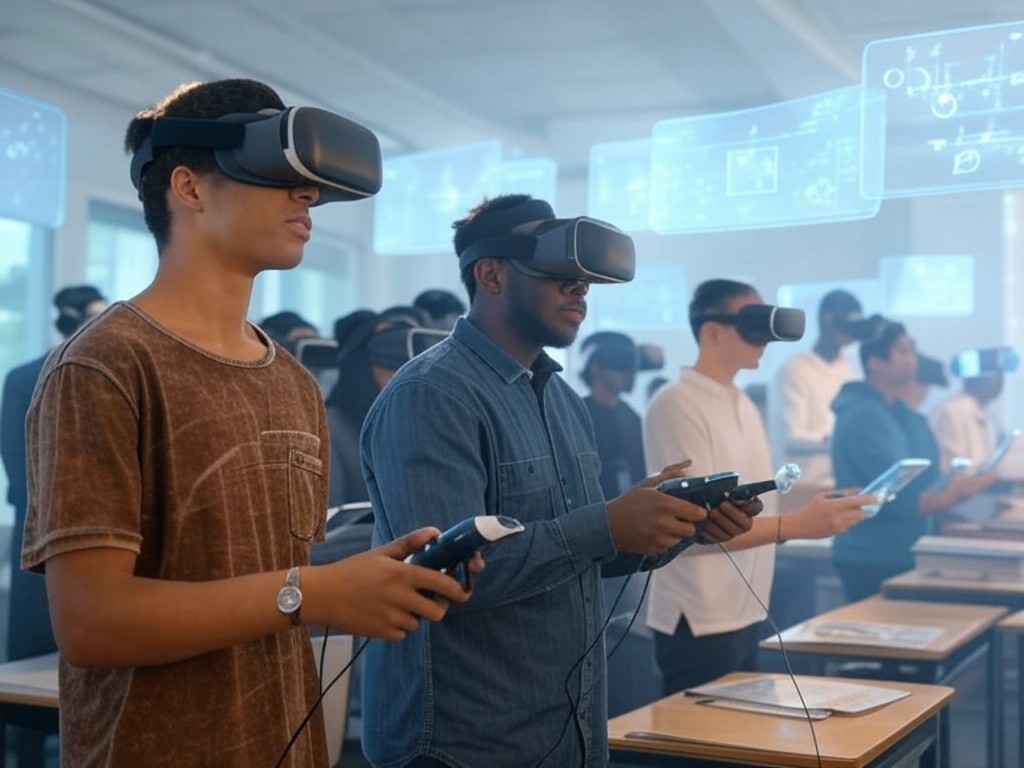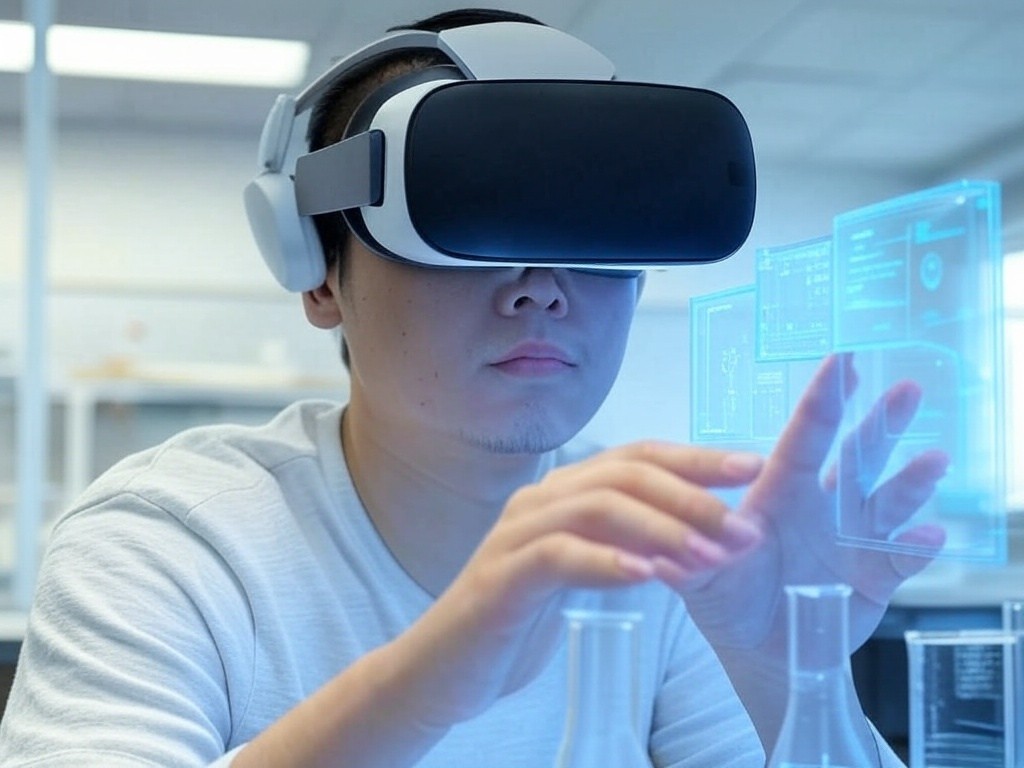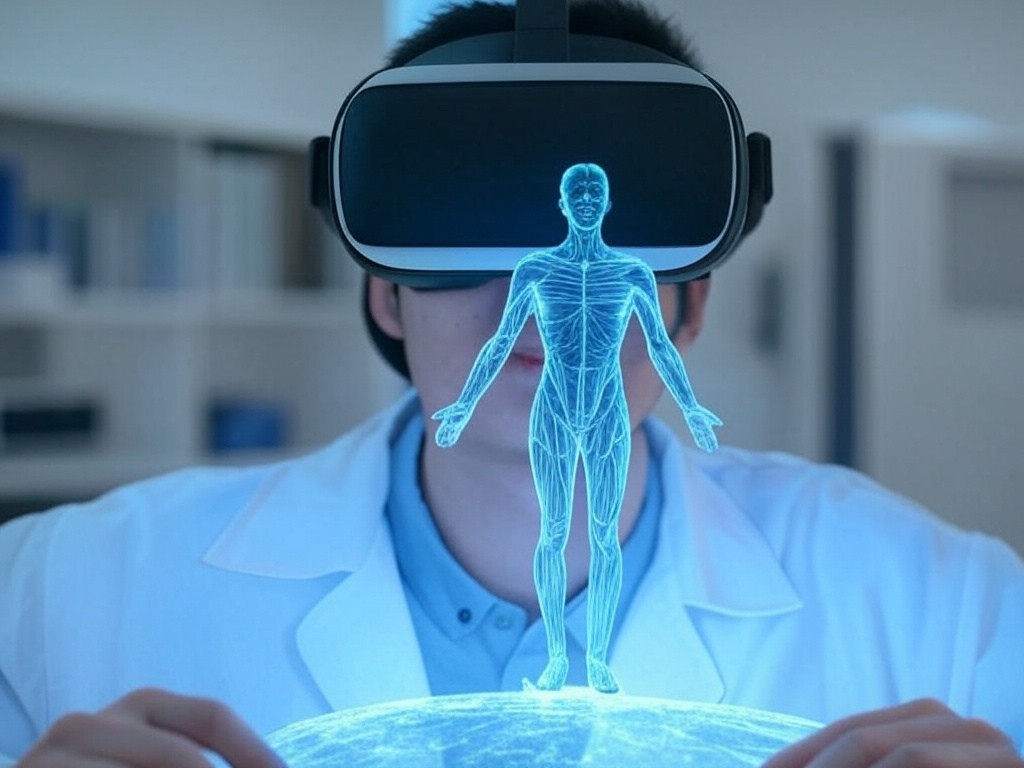Imagine a classroom where students dissect a human heart, conduct chemical experiments, or explore outer space—without stepping outside or handling hazardous materials. Virtual Reality (VR) lab simulators are revolutionizing science education by making immersive, hands-on learning accessible, engaging, and cost-effective.
In this guide, we’ll explore how VR lab simulators are reshaping STEM education, their applications, benefits, challenges, and emerging trends. Whether you’re an educator, student, or administrator, this article will show you why VR is the future of science learning.
 What Are VR Lab Simulators?
What Are VR Lab Simulators?VR lab simulators are interactive software applications that create realistic, immersive learning environments for science education. Using VR headsets and motion controllers, students can conduct experiments, manipulate objects, and explore scientific concepts in a controlled and engaging digital space.
VR lab simulators integrate hardware and software to provide a seamless learning experience. Here’s how they function:
 Applications of VR Lab Simulators in Science Education
Applications of VR Lab Simulators in Science EducationVR allows students to conduct complex experiments without needing physical lab equipment. For example:
Students can visit inaccessible locations like:
Medical students can practice:
Engineering students can:
Integrating game-like elements, VR enhances engagement by offering:
 Benefits of VR Lab Simulators
Benefits of VR Lab SimulatorsStudents interact directly with experiments rather than passively learning from textbooks or lectures.
Studies show VR improves retention rates and conceptual understanding in STEM fields.
Eliminates risks associated with hazardous chemicals or expensive lab equipment.
Reduces costs on lab materials, specimen models, and equipment maintenance.
Students in remote areas or those with disabilities can access high-quality science education.
AI-powered analytics help educators tailor lessons to individual learning paces.
Despite its benefits, VR lab simulators face some challenges:
VR headsets, software, and high-performance computers can be expensive for institutions.
Extended use may cause motion sickness or eye strain in some students.
Although haptic technology is improving, it cannot fully replicate real-world touch sensations.
Teachers and students may require training to effectively use VR technology.
As VR technology evolves, several trends are shaping its future in education:
Artificial intelligence enhances adaptive learning experiences, making labs more personalized.
Combining VR with Augmented Reality (AR) provides a more interactive, blended learning experience.
Students can access virtual labs remotely, making science education more inclusive.
Tech companies are developing cost-effective VR hardware and software for educational institutions.

A: VR labs complement, rather than replace, traditional labs by offering cost-effective, immersive, and risk-free learning environments.
A: VR is especially effective for science, technology, engineering, and mathematics (STEM), as well as medical training and environmental sciences.
A: Prices vary, but a complete VR lab setup can range from $1,500 to $20,000, depending on the equipment and software.
A: Yes, educators may need training to integrate VR into their curriculum effectively.
A: Yes, cloud-based VR platforms allow remote access, enabling students to learn from anywhere.
Virtual Reality lab simulators are revolutionizing education by making hands-on science accessible, immersive, and engaging. As technology continues to evolve, VR labs will play a pivotal role in STEM learning, medical training, and research.
Ready to bring VR lab simulators to your institution? Contact us today to explore solutions tailored to your educational needs.